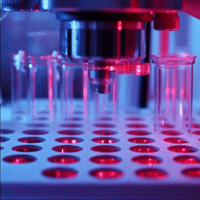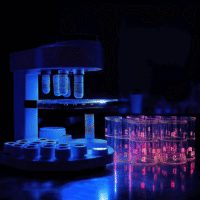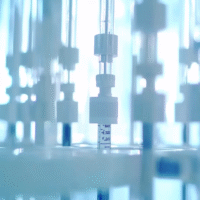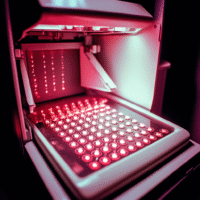“`html
Diagnostic Positron Emission Tomography Imaging with Zirconium-89 Desferrioxamine B Squaramide: From Bench to Bedside
Overview
- Molecular imaging with radiolabeled antibodies and Positron Emission Tomography (PET) can provide valuable information about specific biological interactions in individual patients.
- This approach has potential applications in identifying patients for targeted therapies, characterizing diseases, and monitoring treatment response.
- Using zirconium-89 as a radionuclide for PET imaging with radiolabeled antibodies has shown promising results due to its suitable half-life and low emission energy.
Practical Solutions and Value
- A simple derivative of desferrioxamine (DFO) with a squaramide ester functional group, DFO-squaramide (DFOSq), has been used to link the chelator to antibodies.
- This approach produces stable antibody conjugates that can be easily radiolabeled with zirconium-89, supporting multicenter clinical trials.
- Preclinical results in tumor mouse models have shown high tumor uptake and low background with PET imaging using DFOSq conjugates.
- The translation of this chemistry to human clinical trials using different radiolabeled antibodies is underway, with potential significant clinical impact.
- The use of DFOSq for radiolabeling low molecular weight targeting molecules with zirconium-89 could facilitate centralized manufacture and distribution of radiolabeled tracers.
- Imaging patients at later time points with zirconium-89 based agents may allow the delineation of small or low-uptake disease sites, contributing to improved patient care.
“`

























